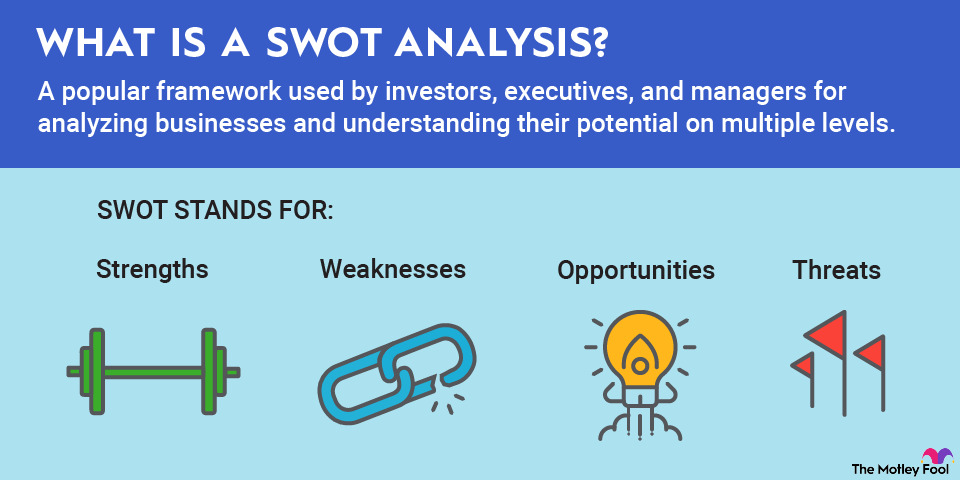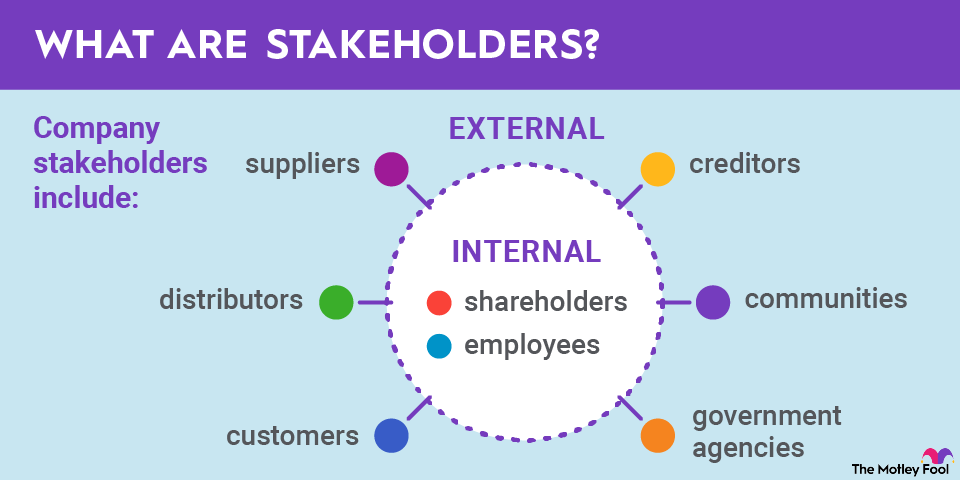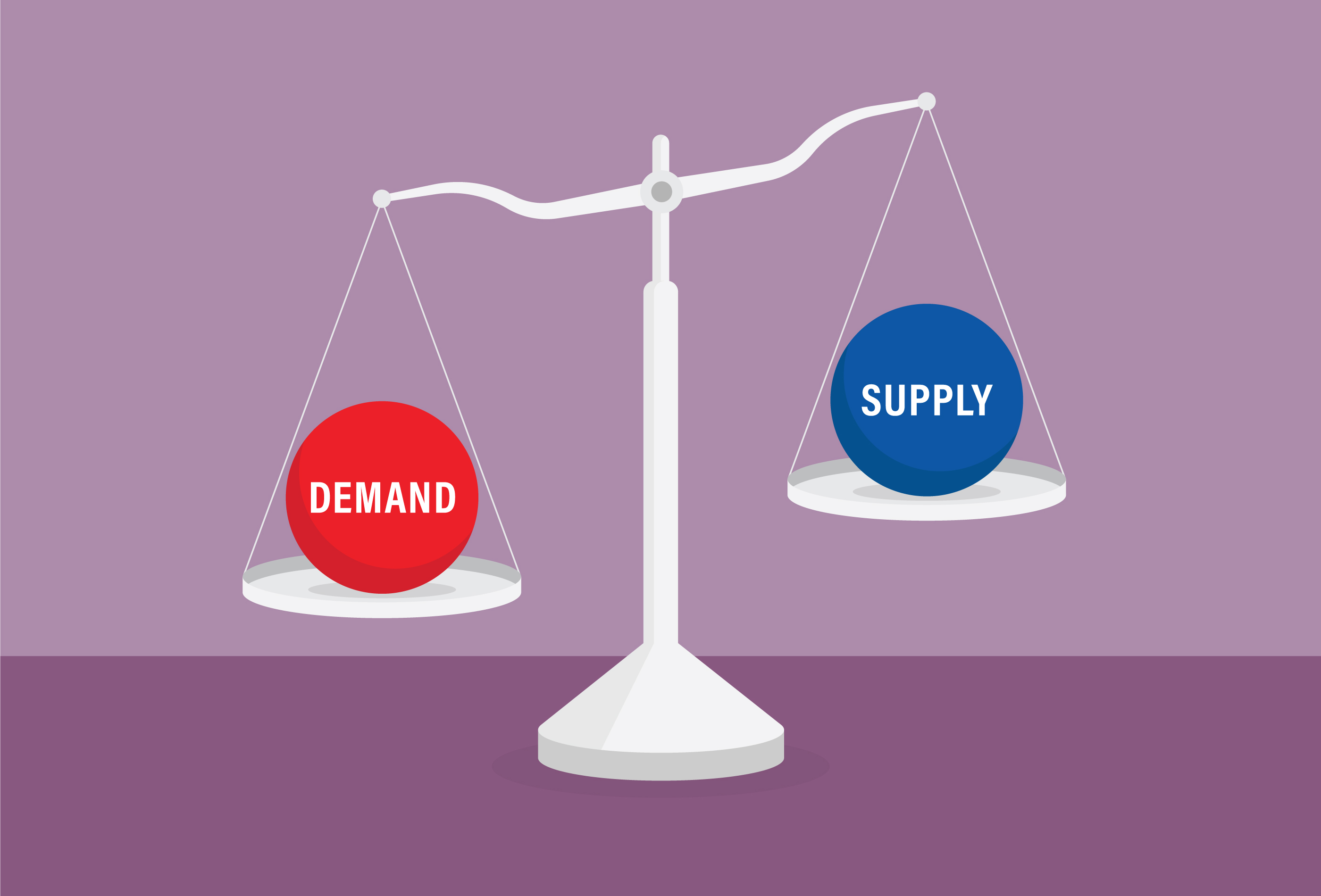Stock options are both a type of investment and an equity compensation some companies offer their employees. If the stock price moves in the investor’s favor, options can be highly profitable, but there are also risks involved.

Understanding stock options
A stock option is a financial contract that gives the owner the right, but not the obligation, to buy or sell a stock at a fixed strike price by the expiration date. Each contract is for 100 shares of the underlying stock. You pay a premium for the option, which is a per-share price.
Let’s say a company is currently trading at $100 per share, and you expect it to increase in value. You buy an options contract with a strike price of $105 and an expiration date three months away for a premium of $3. Since each options contract is 100 shares, the total cost is $300 (the $3 premium multiplied by 100 shares). If the stock rises to $115, you have the right to buy 100 shares for $105 each, so you’d make a sizable profit.
Types of stock options
There are two types of options: calls and puts. A call option gives you the right to buy the stock at the strike price by the expiration date. A put option gives you the right to sell the stock at the strike price by the expiration date. Basically, you’d buy a call option if you expect the price to go up and a put option if you expect it to go down.
Employee stock options (ESOs) are call options available to employees of a company as part of their pay package. ESOs are a fairly common benefit among start-ups and tech companies, although there are also plenty of other companies that offer them.
If you have ESOs, you can exercise them by the expiration date to buy the company’s stock at the strike price. ESOs usually have vesting schedules that determine when you can exercise them. You may be able to exercise a portion after your first year with the company, another portion after your second year, and so on. If you work for a growing business, ESOs can be an extremely valuable form of compensation, but they’re also heavily tied into the company’s success.
Pros and cons of stock options
Stock options are a popular financial instrument because they let you take a leveraged position with a clearly defined risk. The most you can lose is the cost of the premium, and any gains are multiplied since your contract controls 100 shares. For every $1 the stock price moves past your break-even point, you make $100.
However, options are far from an easy way to make money. Stock options continually lose value as they get closer to the expiration date, and if your option doesn’t move past the break-even point, it will expire and be worthless. Options are also more complicated than a buy-and-hold strategy. If you simply invest in quality stocks, you can take a long-term approach. If you trade options, you need to predict not just which way a stock price is going to move, but how soon it will happen, so you can pick the right expiration date.
As far as ESOs go, ideally, they work out well for the employer and the employee. There’s no additional cost for the employer, and the employee gets the opportunity to share in the company’s success. Of course, it’s important for a prospective employee to consider the company’s growth prospects, since stock options won’t be worth anything if the company loses value.
Related investing topics
Microsoft’s employee stock options
Perhaps the most famous example of ESOs is tech giant Microsoft (MSFT +0.41%). It used to provide stock options to all employees, and because of how much Microsoft stock has appreciated over the years, this program turned an estimated 12,000 people into millionaires. Microsoft ended the program in 2003.



















